
Set your course dead ahead? No! Aim off
In some situations, one very useful strategy for navigation is to deliberately aim away from your intended target. While this may initially seem counterintuitive, intentionally “aiming off” can be the most reliable way of finding your way to your destination.
Let’s say that you are making a crossing to a small campsite. From your starting point, the far shore appears very uniform in geography and there are no distinctive landmarks to denote your intended campsite’s location.
Knowing the campsite’s position on your chart, you can set a compass course directly to it. But if you should fail to pick out the site by the time you reach the far shore, you won’t know which way to turn (right or left) in order to reach it. The site might be very close by on your right, but if you guess incorrectly and turn left instead, you will waste a lot of time before doubling back and finally locating the elusive campsite.
A better strategy is to intentionally aim off to one side or the other of your target. That way you are guaranteed to know which way to turn in order to locate your goal.
Working with the chart, aim off to a point that is a predetermined distance from your final destination. Pick, for example, to cross to a point half a nautical mile to the right of the campsite. If, like most paddlers, you cruise at about 3 knots, then it will take you about 10 minutes to cover that half nautical mile.
Your new plan then, is to paddle across the channel, hit the far shore, turn left and paddle along the shoreline for approximately 10 minutes. This should put you very close to the campsite.
In this scenario the shoreline is serving as both a “backstop” and as a “handrail” that will guide you to your goal. It’s also worth noting that this strategy works just as well in dense fog or at night.
In another scenario we might use the same strategy but with a particular emphasis on the backstop and handrail aspects. Imagine this time that we are crossing to a far point of a distant island completely enveloped in fog. If we set a compass course aimed directly at the point, any minor drift to the right will result in missing the island altogether. Aiming off to the left at the bulk of the landmass precludes passing by the point, and instead sets us up with a backstop and a useful handrail that will guide us safely to the point.
When navigating, a backstop is not necessarily a physical barrier. When we calculate a distance and the time we require to cover it, we are using time as a very effective backstop.
In a final example, the paddler embarks on a crossing to a long narrow island lost in fog. Rather than attempting to hit the narrow point directly, the kayaker instead uses time as a backstop. Working from the chart, he establishes a position past the point (in this case let’s say 3 nautical miles), and some distance off of the left coast of the island (let’s say half a nautical mile). Since the kayaker cruises at 3 knots, the plan is to paddle for one hour, make a 90-degree right-hand turn off his original course, and then paddle for 10 minutes to bring him to the island’s shoreline. From there he knows to turn right and handrail his way along the coast to the point and his campsite.
When aiming off, it’s obviously of primary importance to have done all the chart and compass work before setting forth. Because compass courses and paddling times for each leg of a journey can easily get jumbled, it’s best to write them down. I’ve found myself second-guessing my memory in thick fog more than once. Some like to write directly on charts, while others will record courses and times on their foredecks with a wax pencil.
Alex Matthews is the author of “Sea Kayaking Rough Waters” available at www.helipress.com. More of Alex’s Skillset articles plus other skills columns can be read online at on our Skills page at www.coastandkayak.com/Articles_skills.html

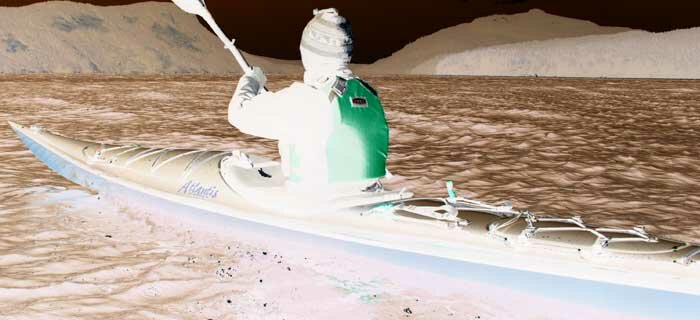
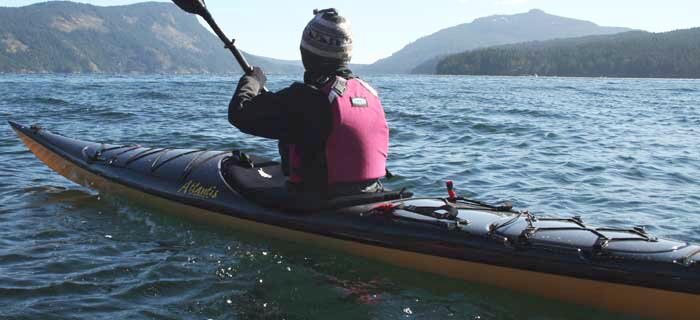
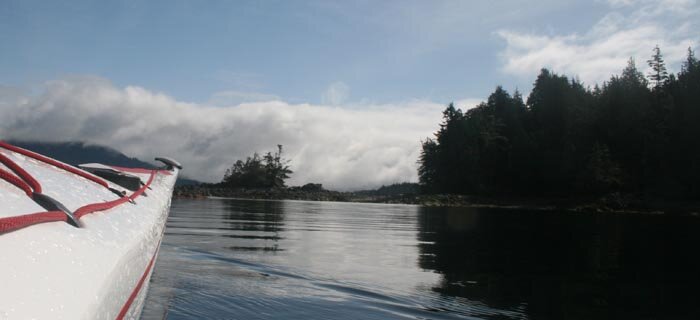
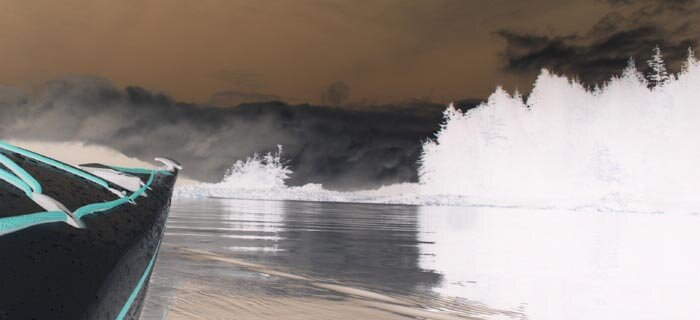
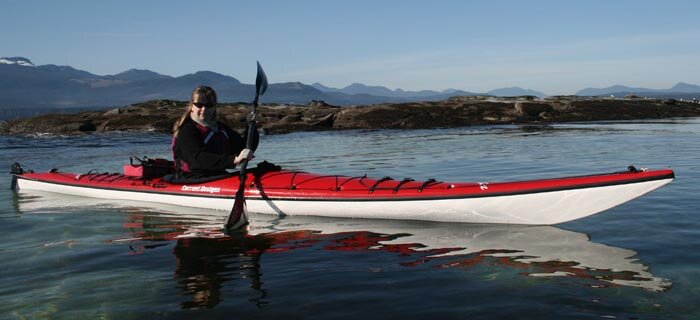


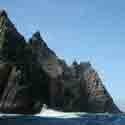













 This site uses valid HTML, CSS and Flash. All content Copyright © 2010 Wild Coast Publishing.
This site uses valid HTML, CSS and Flash. All content Copyright © 2010 Wild Coast Publishing.
Coast&Kayak Magazine is providing this forum beginning with this issue to offer feedback on our content. We screen submissions prior to posting, so there may be a lag before seeing your feedback online. Please note it's our intention to print the best of the replies we receive, so please leave a valid email for verification purposes. Email addresses will not be printed.